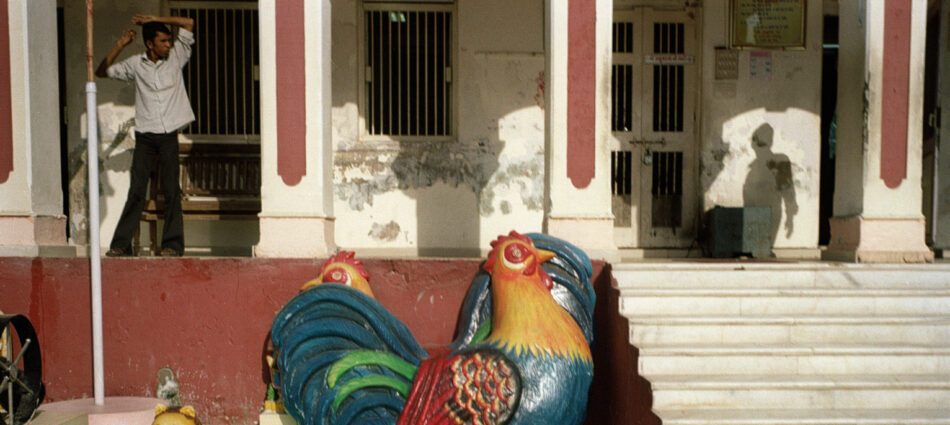
Achyut Yagnik The Shaping Of Modern Gujarat & Ahmedbabad: Royal City To MegaCity
Towards the end of this work, Yagnik’s words seem to be weighed down by a terrible despair. Though the work is a broad social science study of Gujarat’s political, economic and cultural history, one can’t help but feel that it is more an attempt to understand and explain the state’s descent into cultural xenophobia and anti-Muslim hysteria that mark its political, social and urban spaces today.
A similar feeling pervades Yagnik’s most recent work Ahmedabad: From Royal City to Megacity, though to a lesser extent.
Each work weaves its story towards those dreadful moments in 2002 when a state orchestrated pogrom against Ahmedabad’s Muslims resulted in nearly 2000 deaths and the displacement of tens of thousands to camps on the outskirts of the city. The scars of that moment remain fresh as practically all the perpetrators of the violence and killings have been allowed to go scott free, and almost all the luminaries, academics, business elite, politicians and others of the state have adopted a resilient silence if not a quiet approval of the violence and bloodshed. As Yagnik himself laments in the conclusion of his work:
Till today, there has been no discussion or reflection within the community about the nature of the violence that Hindu Gujarati society has shown itself to be capable of…They…justify the…events by selectively quoting the Ramayana and Mahabharata where atatayee or oppressors were eliminated by the heroes of the epics. More disturbing than their callousness was the utter silence of the spiritual leaders of the most modern sects of Gjuarat, including the Jains for whom ahimsa (non-violence) is the cardinal principle. The larger ethical and moral questions raised by the epics were conveniently ignored by them. (page 289)
Both these works are a good introduction to what is an amazingly complex and varied region of India. Gujarat was home to Gandhi and to Mohammad Ali Jinnah, two figures of vastly different temperament, ideals and preferences. The same state was also a region of complex economic engagement and interaction between the Arab world and Indic world, giving rise to many magnificent artistic, poetic, literary and cultural creations. Yagnik’s more recent work, on the city of Ahmedabad, attempts to address this more directly as he highlights the many ways in which the region’s Indo-Islamic culture influenced, and continues to be seen in, its architecture, cuisine, language, textiles, business, political structure, poetry, literature and arts.
Yet today the state has been reduced to a simplistic, xenophobic commitment to a new Hinduism – aggressive, reductive, rejectionist, and corporate/mercantile. Behind its confidence lies a deep insecurity and fear of difference, an intolerance of complexity and a refusal of its own history. In what can only be described as a great irony, it is a new Hinduism that spits on one of the states greatest of children: Mohandas Gandhi. His principles of ahmisa and self-rule are today nothing but annoyances to a community drunk on western capitalism’s gloss and misleading conflation of consumerism with liberty, corporatism with modernity.
I had traveled to Ahmedabad to write about the many shrines that dot the landscape of this city. But I find that I am no longer interested in that subject. I am now researching an ethnographic map of Ahmedabad, to write an essay about the divisions that have appeared between the city’s citizens, and the historical, political and economic factors that may have led to them. Yagnik’s work is pivotal to this exploration. Ahmedabad, and the suspicions, fears and divisions that pervade its society, may be a bellweather of India’s future unless we are able to challenge the deeply xenophobic provincialism that is being produced here and being sold as something ‘purer’, something ‘natural’, something ‘Hindu’

